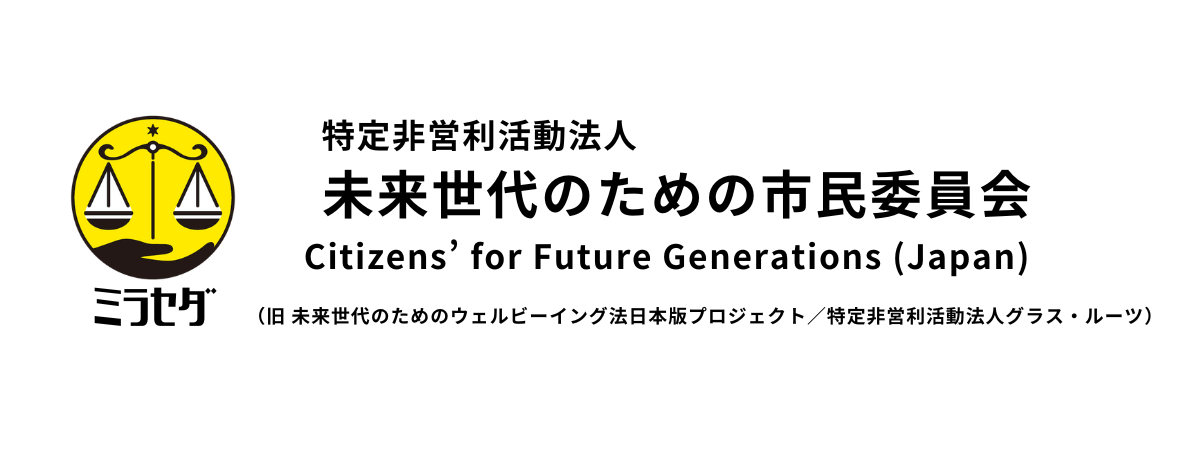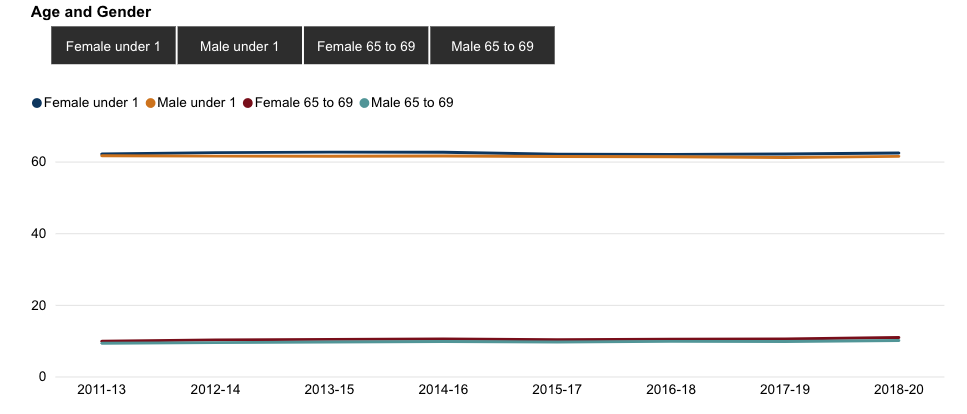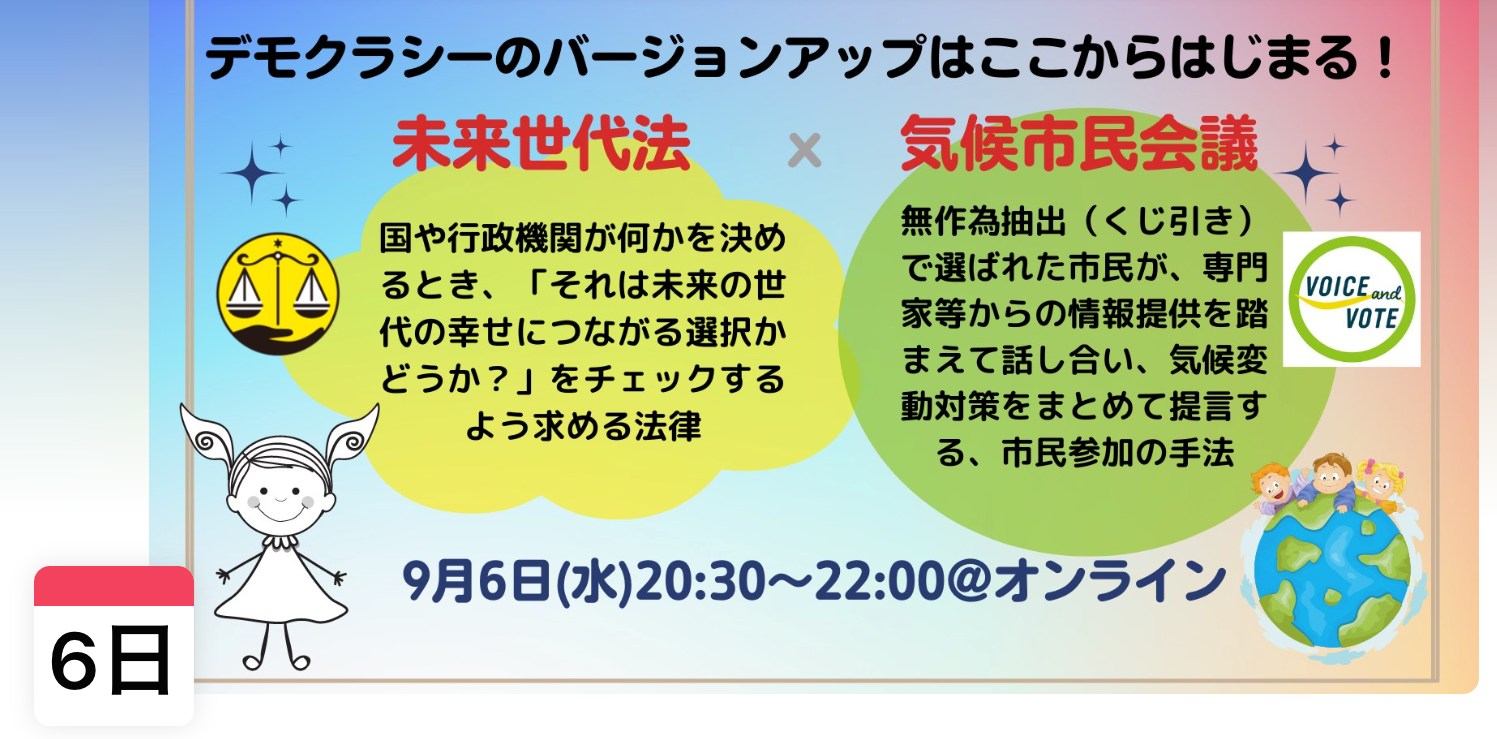
Percentage of live single births with a birthweight of under 2,500g
What is the Indicator?
The World Health Organization states that at a population level, the proportion of infants with a low birthweight is an indicator of a multifaceted public health problem that includes long-term maternal malnutrition, ill-health and poor health care in pregnancy. This indicator is based on singleton live births (i.e., excludes multiple births like twins and triplets) and is calculated as the percentage of live births where the baby weighed less than 2.5kg at birth.
この指標について
世界保健機関(WHO)は、低出生体重児の割合が、長期的な母体栄養失調、不健康および妊娠中の医療の欠如を含む多面的な公衆衛生問題の指標であると述べています。この指標は、単胎生きている出生(すなわち、双子や三つ子などの多胎出生を除く)に基づいており、出生時に体重が2.5kg未満だった出生の割合として計算されます。
- 分子: 体重が2.5kg未満の単胎出生
- 分母: 有効な出生体重が記録されているすべての単胎出生
Figure 1: Percentage of single live births with low birthweights, 2005 to 2022
図1:2005年から2022年までの低出生体重児の単胎出生の割合

Description of figure 1:
Bar chart showing the percentage of singleton live births with low birthweight has varied between 5.1% and 6.1% since 2005, but has been on a marginal upward trend since 2014.
図1の説明:
単胎出生の低出生体重児の割合は2005年以降5.1%から6.1%の間で変動しており、2014年以降はわずかに上昇傾向にあります。
Figure 2: Percentage of live births with low birthweights by gestational age, 2011 to 2022
図2:妊娠期間別の低出生体重児の出生割合、2011年から2022年

Description of figure 2:
Filterable bar chart showing that as gestational age increases, the proportion of babies with heavier birthweights increases. This is expected as births at lower gestational ages have less time to develop and grow. In 2022, 93% of births at gestations of 31 completed weeks or fewer weighed less than 2.5kg. This compared to 5.2% of births at gestation between 32 and 36 completed weeks; 3% of births at gestations between 37 and 41 completed weeks; and 1% of births at gestations of more than 41 completed weeks of pregnancy.
図2の説明:
妊娠期間が増えるにつれて、出生体重が重い赤ちゃんの割合が増えることを示すフィルタ可能な棒グラフです。これは、妊娠初期の出生では成長と発育の時間が少ないためと予想されます。2022年には、妊娠31週以下の出生の93%が2.5kg未満でした。これは、妊娠32週から36週の間の出生の5.2%、妊娠37週から41週の間の出生の3%、および妊娠41週以上の出生の1%と比較されます。
Figure 3: Percentage of live singleton births with low birthweights by ethnicity, 2018 to 2022
図3:人種別の低出生体重児の単胎出生の割合、2018年から2022年

Description of figure 3:
Filterable bar chart showing that a higher percentage of births from an Asian ethnic background had low birthweight compared to all other ethnic groups. The data supports various academic studies that have shown births of an Asian ethnic background have more frequent birthweights of under 2.5kg, and also that Asian ethnic groups have fewer characteristics than babies from other ethnic groups. While the individual figures for births of all other ethnic groups have varied from year-to-year, they have been broadly similar to each other, with 6% of births of unknown or mixed ethnic group for which data is available. (Note 1) Pakistani, Bangladeshi, Chinese, Indian, any other Asian background. (Note 2) African, Caribbean, any other Black background, mixed White and Black Caribbean, mixed White and Black African, White and Black Caribbean, any other mixed background. (Note 3) Arab or any other ethnic group not otherwise specified. (Note 4) Any white background.
図3の説明:
アジア系民族の出生の方が他のすべての民族グループよりも低出生体重の割合が高いことを示すフィルタ可能な棒グラフです。このデータは、アジア系民族の出生が2.5kg未満の出生体重を持つ頻度が高く、またアジア系民族グループの赤ちゃんは他の民族グループの赤ちゃんに比べて特徴が少ないというさまざまな学術研究を支持しています。他のすべての民族グループの出生の個々の数値は年によって変動していますが、それらはほぼ同様であり、利用可能なデータがある6%の出生は未知または混合民族グループです。(注1)パキスタン人、バングラデシュ人、中国人、インド人、その他のアジア背景。(注2)アフリカ系、カリブ系、その他の黒人背景、白人と黒人カリブ系の混血、白人と黒人アフリカ系の混血、白人と黒人カリブ系、その他の混血背景。(注3)アラブ系または他に指定されていない他の民族グループ。(注4)任意の白人背景。
Figure 4: Percentage of singleton live births with low birthweights and Welsh Index of Multiple Deprivation quintile, 2019 to 2022
図4:ウェールズ多重剥奪指数五分位数と低出生体重児の単胎出生の割合、2019年から2022年

Description of figure 4:
Filterable bar chart showing that the percentage of births with low birthweight is highest in the most deprived areas of Wales and lowest in the least deprived areas of Wales in each of the last three years. In 2022, 8.1% of births in the most deprived 20% of areas in Wales had low birthweight, compared to 4.9% of births in the least deprived 20% of areas.
図4 の説明:
低出生体重の出生の割合が、過去3年間の各年においてウェールズの最も貧困な地域で最も高く、最も裕福な地域で最も低いことを示すフィルタ可能な棒グラフです。2022年には、ウェールズの最も貧困な20%の地域での出生の8.1%が低出生体重であったのに対し、最も裕福な20%の地域では4.9%でした。
Figure 5: Percentage of singleton live births with low birthweight by sex, 2011 to 2022
図5:性別による低出生体重児の単胎出生の割合、2011年から2022年

Description of figure 5:
Filterable line chart showing that a slightly higher percentage of female babies had low birthweight than male babies in every year since 2018. In 2022, 5.9% of female babies had low birthweight. This is 0.6 percentage points higher than in the previous year and 0.9 percentage points higher than five years ago. 5.3% of male babies had low birthweight. This is 0.1 percentage points higher than in both the previous year and five years ago.
図5 の説明:
2018年以降、女性の赤ちゃんの方が男性の赤ちゃんよりもわずかに低出生体重の割合が高いことを示すフィルタ可能な折れ線グラフです。2022年には、女性の赤ちゃんの5.9%が低出生体重でした。これは前年より0.6パーセントポイント高く、5年前より0.9パーセントポイント高いです。男性の赤ちゃんの5.3%が低出生体重でした。これは前年および5年前の両方より0.1パーセントポイント高いです。
What does the data say?
There are various factors why a baby may have low birthweight, and on an individual level, babies can have low birthweight and be perfectly healthy. At the population level, the percentage of babies born with a low birthweight has only changed marginally each year since 2005, but there has been a slight upward trend since 2014.
In addition to gestational age, ethnic group, deprivation quintile and sex, a baby's birthweight can be affected by the age of the mother and the proportion of older mothers (aged 40 and above) birthing in Wales has increased in nearly every year since 2016.
データは何を示していますか?
赤ちゃんが低出生体重である理由はさまざまですが、個々のレベルでは、赤ちゃんは低出生体重でありながら完全に健康であることもあります。人口レベルでは、低出生体重で生まれる赤ちゃんの割合は2005年以降毎年わずかに変化しているだけですが、2014年以降わずかに上昇傾向にあります。
妊娠期間、民族グループ、剥奪五分位数、性別に加えて、赤ちゃんの出生体重は母親の年齢によっても影響を受けます。ウェールズで出産する高齢の母親(40歳以上)の割合は2016年以降ほぼ毎年増加しています。
Low birthweight is a measure used to monitor Welsh Government's maternity strategy.
Contact email: stats.healthinfo@gov.wales
Last update: September 2023
Next update: September 2024
Source: National Community Child Health Database (NCCHD)
Release: Maternity and birth statistics
Designation: National Statistics
External link:
低出生体重は、ウェールズ政府の産科戦略を監視するために使用される指標です。
連絡先メール: stats.healthinfo@gov.wales
最終更新日: 2023年9月
次回更新予定日: 2024年9月
出典: National Community Child Health Database (NCCHD)
リリース: 出産および出生統計
指定: National Statistics
外部リンク:
.














